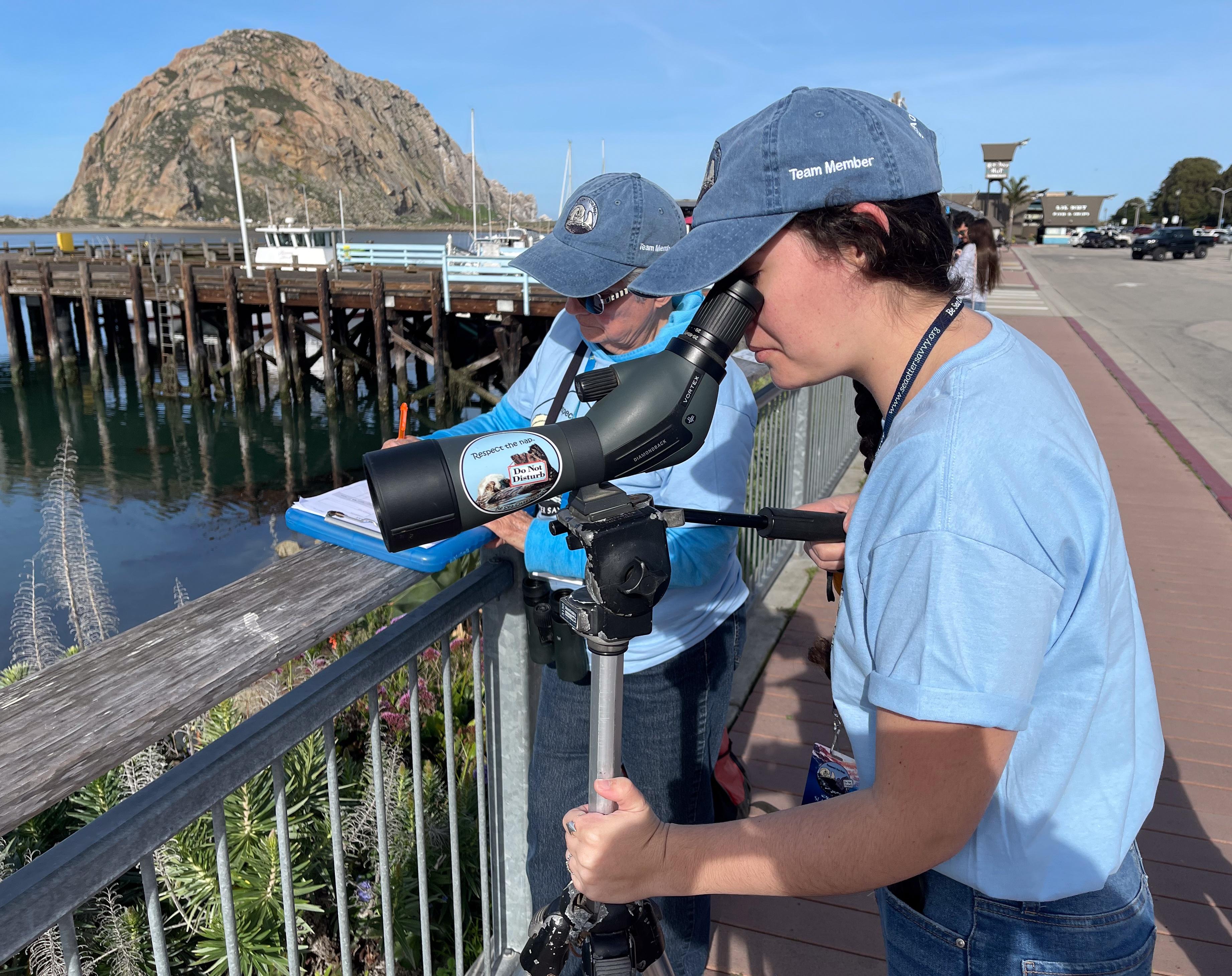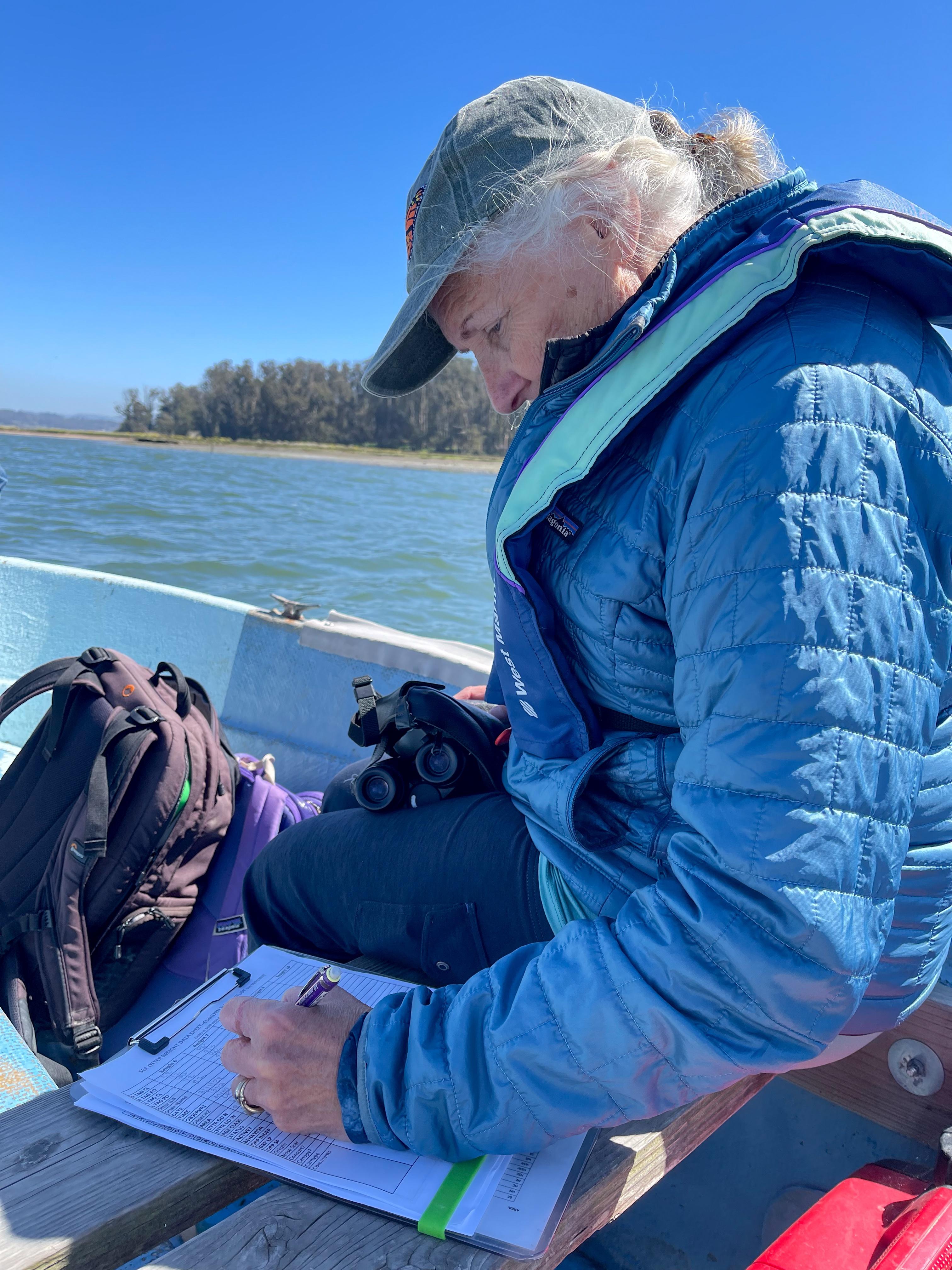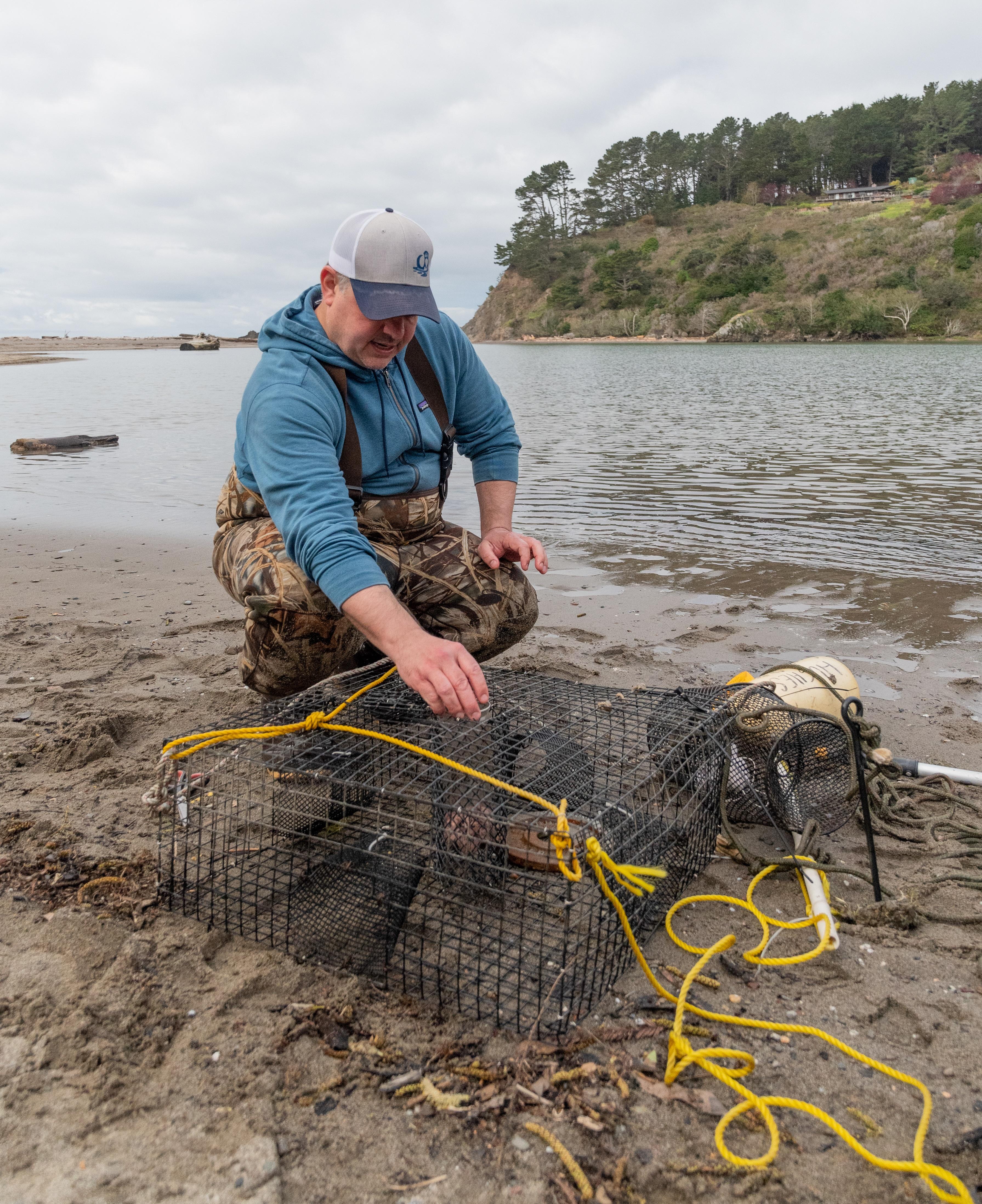Episode 1604: California Sea Otters: Life on the Edge
Adored by many for their cuddly appearance, southern sea otters are voracious predators that need to eat the equivalent of 25% of their body weight a day to survive. Once nearly hunted to extinction, these threatened marine weasels have made a slow comeback on California’s central coast, positively impacting the health of kelp forests, seagrass meadows and salt marshes in the process.
But for southern sea otters to continue to recover, the population needs to expand its current range, something that hasn’t happened in 20 years, and is unlikely to occur naturally given the increased shark attacks along its boundaries.
Dedicated scientists study and monitor the health of this keystone species, and now the U.S. Fish and Wildlife Service is in the early stages of considering sea otter re-introduction to Northern California and Oregon. Researchers say that re-introducing sea otters to parts of their former range will likely have many positive effects on ecosystems that humans depend on which are threatened by climate change. The challenge is making sure that potential impacts are fully investigated.
Experts
Meet the experts featured in this episode.




























Special Thanks:
Inn at Morro Bay
60 State Park Rd.
Morro Bay, CA 93442
805-772-5651
Whisper Charters
2370 HWY-1
Moss Landing, CA 95039
831-207-6305
Image Credits
Changing Seas would like to thank the following individuals and institutions who kindly allowed their footage, images and other media to be used in this production:
Brent Hughes, Ph.D.
Joel Huckeba
Sonoma State University
County of Sonoma
David Farkas on Unsplash
Equilibrio Films, LLC / NatureFootage
footageoftheworld / Pond5
Gulf of Maine Cod Project
NOAA National Marine Sanctuaries
Courtesy of National Archives
Jeff and Wendy Photography
Joan Tisdale
Karen Shapiro, D.V.M., Ph.D.
University of California, Davis
Kudela Lab
Lilian Carswell
MARE
Dr. Melissa Miller
California Department of Fish and Wildlife
"Miller, Newberry, Sinnott, Batac, Greenwald,
Reed, Young, Harris, Packham and Shapiro (2023).
Frontiers in Marine Science"
Mona Lisa Production / NatureFootage
Monterey Bay Aquarium Foundation © 2024
Robert Harding Picture Library Ltd / NatureFootage
Sea Otter Savvy
Selid-Bassoc Photograph Collection
UAF-1964-92-517, Archives
University of Alaska Fairbanks
Storyblocks
University of Washington Libraries
Special Collections
NA3060
UW28730z
Web Extras
Funding for this episode of Changing Seas was provided by:









